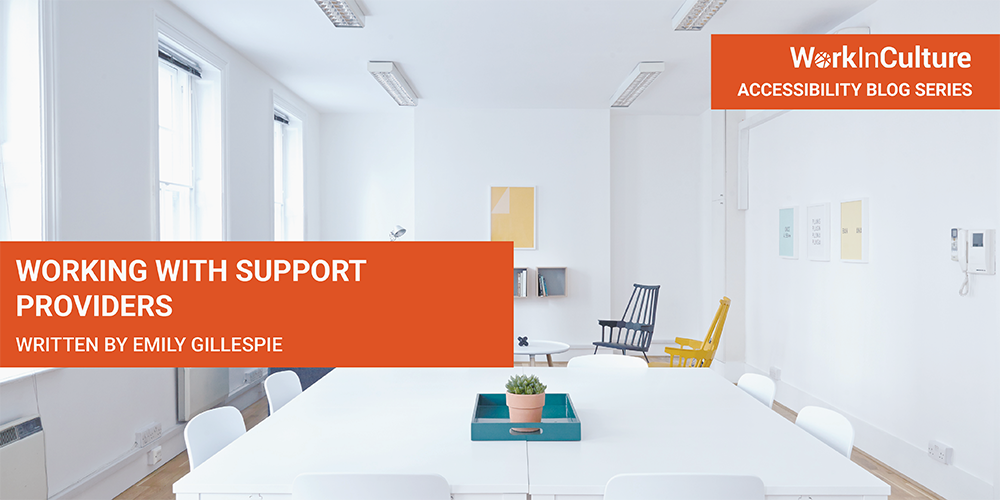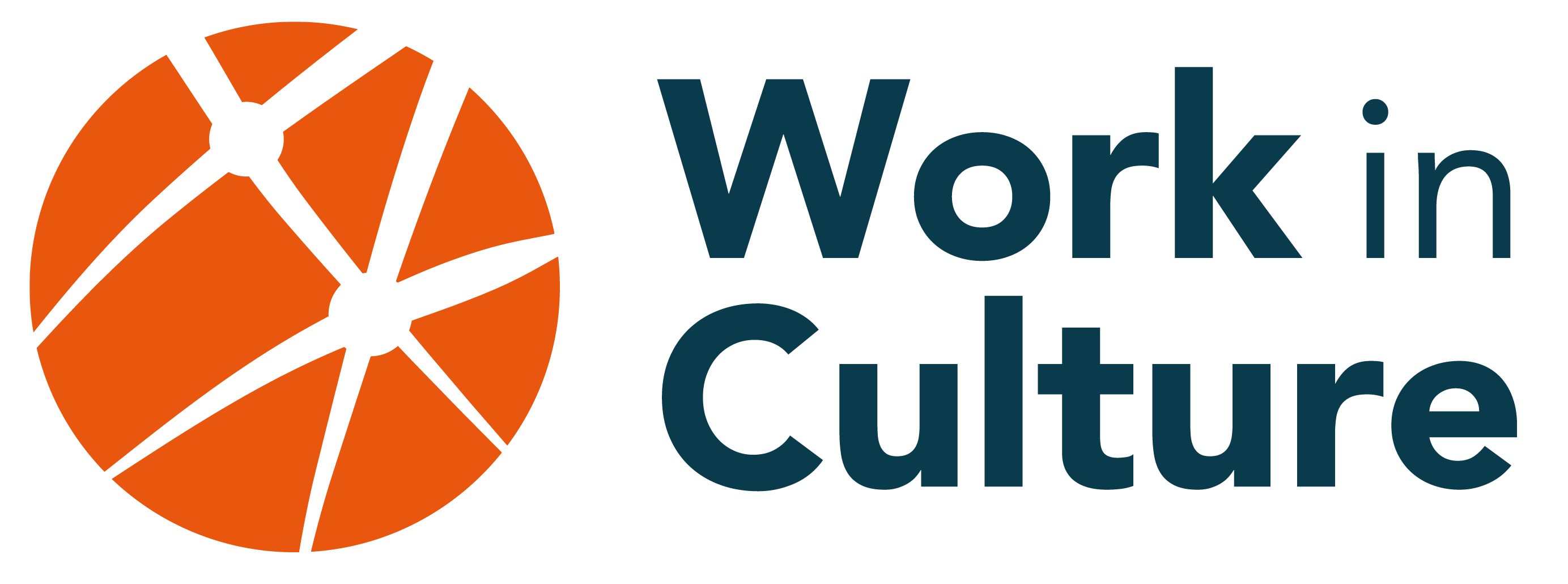
| Prioritizing Access (Volunteers) | Inclusive Workshops (Teaching Tips) | Support Providers | Leaders with Disabilities | Trauma-Informed Practices | Meaningful Outreach |
Witten by Emily Gillespie
Introduction
Creating accessible events and spaces does not happen alone, and it is important to acknowledge how people, both support staff and volunteers, work to make events more accessible.
People with disabilities have different access needs, so it’s okay to check in and ask folks what they need. Promotional material should state what access supports are already in place (such as ASL). Creating a shame-free environment to share and talk about access needs is important.
For ongoing events, you can explore what access needs can be shared, or supported by a volunteer such as getting food, note-taking, etc. Certain supports (such as ASL) are highly skilled and require a trained professional. Some people may bring their own support to an event, such as friend, personal support worker, etc.
Provide notice ahead of time if the support person will be charged an entry fee, but consider letting the support person in for free or at a reduced rate to restrict barriers.
Potential Types of Support Providers
- ASL (American Sign Language Interpreter)
- LSQ (Langue des signes du Québec, used in francophone communities)
- Attendant Care
- Personal Support Workers
- Note-takers
- Communication Access Realtime Translation (CART)
- Active Listener
- Communication Assistant
- Learning Assistant
- Accessibility Team Volunteers
Things to Note:
- Service Animals: People may have service animals, which support people with a wide range of visible and invisible disabilities. Service animals are welcome, unless they are excluded from the space based on other legislation. How can you make service animal teams welcome in your space? Provide ample space for teams to sit and move. You may also want to provide a water bowl, and outdoor space.
- ASL /LSQ: Ensure the interpreter is qualified — some interpreters specialize in music, theater, etc. Meet with the interpreters before the event to review any details (such as what kind of material will be presented, is it a talk, will a movie clip be shown?). Learn about the interpreters’ needs. If possible, give them copies of speaking notes and outlines before events. Check in about breaks; interpreters often work in pairs for this purpose. Ensure the interpreters are hired for the entire event, this is especially important when people are socializing. Ensure seating is arranged so that people with hearing loss or who are D/deaf can see the interpreter. Remind speakers about pacing, allow time for interpretation.
- Communication Access Realtime Translation (CART): Again, ensure that professional and qualified services are being used, preferably on-site. CART is important because not everyone with hearing loss or who are D/deaf use sign language, and it is also useful for people with auditory processing disorders.
- Communication Assistant: A Communication Assistant interprets speech if it is not clear, or assists a person who uses communication devices. Speak to the individual, not the assistant and accept the messages conveyed through the assistant; the assistant may also help explain what is being said.
Conclusion
Thinking about accessibility in the arts involves a multifaceted approach, and one of the ways environments may be more accessible is through the use of various support staff. Consider what kind of supports people may need at your event (e.g. CART, ASL, etc.), and arrange said supports in advance. Also, be aware of and make space for people bringing their own supports to events. It’s important to understand the barrier a person is facing and how to remove the barrier, while not needing to understand to specifics of their disability; remember folks have the right to privacy.
While this covered some of the basics, it’s important to think about your particular event. For instance, is the accessible washroom hard to find at the venue and a volunteer would be useful to stand in the hall to give directions? Sometimes even with good intentions, access needs may go unmet. Accessibility is never something that is complete; be open to ongoing conversations and creating space to consider feedback.
References:
https://adata.org/publication/temporary-events-guide#Communication%20Access
https://www.aoda.ca/customer-care-guide
https://archdisabilitylaw.ca/focus-the-law-of-service-animals-in-ontar
http://www.communication-access.org
https://docs.google.com/document/d/1GfFDY29nF1-E3YyB3oiEj-zjrcklJU_Lx23tE3H0opo/edit
http://sinsinvalid.org/blog/access-suggestions-for-a-public-event
https://uwaterloo.ca/library/aoda-toolkit/support-persons
https://www.volunteertoronto.ca/page/AODA8?
Further Readings:
https://www.disabilityintersectionalitysummit.com/places-to-start/
###
More blogs from this series:
| Prioritizing Access (Volunteers) | Inclusive Workshops (Teaching Tips) | Support Providers | Leaders with Disabilities | Trauma-Informed Practices | Meaningful Outreach |
Emily Gillespie is a Toronto-based author and disability consultant, who enjoys using art to talk about disability. Emily recognizes that disabled people have different experiences and through her work focuses on people’s individual needs.
Follow Emily on Facebook and Twitter | Follow Accessibility Advocacy Art on Facebook
